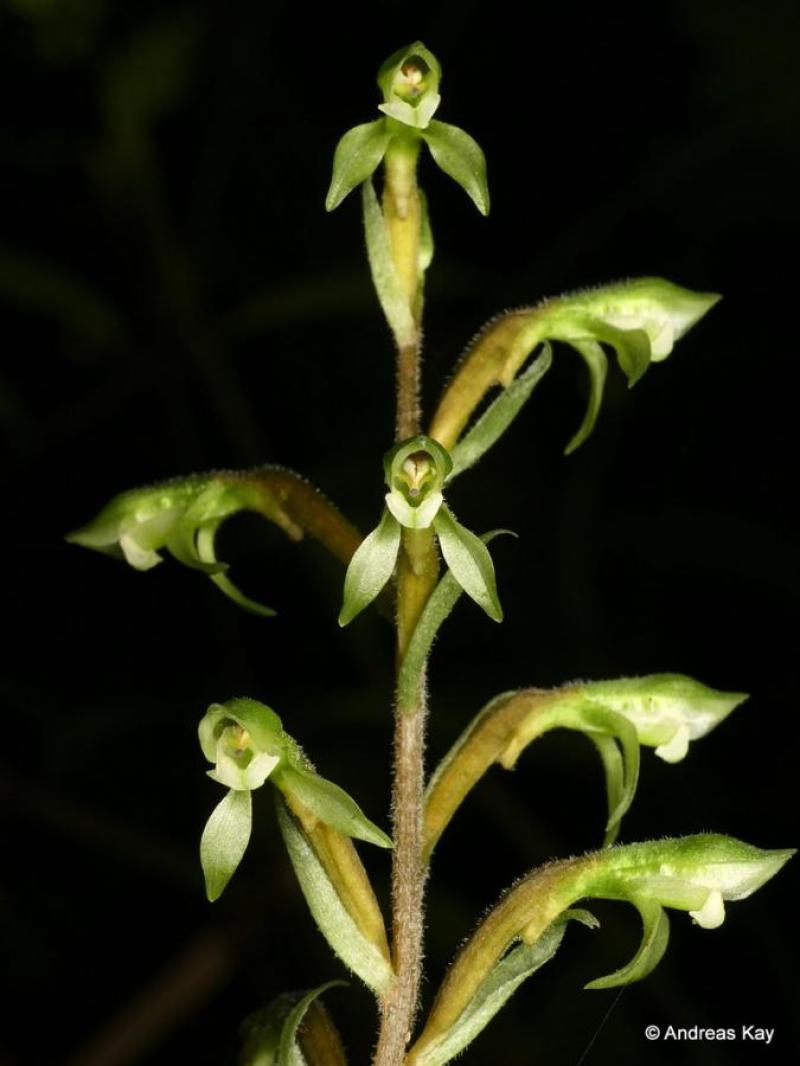Pelexia laxa
Also known as: The Lax Pelexia or Stenorrhynchos laxum Spiranthes longepetiolata Pelexia longepetiolata Spiranthes longipetiolata Pelexia weirii Gyrostachys longepetiolata Pelexia curvicalcarata Pelexia lindmaniana Spiranthes weirii Stenorrhynchos lindmanianum Stenorrhynchos weirii Pelexia longipetiolata Spiranthes curvicalcarata Spiranthes maculata Pelexia maculata Gyrostachys longipetiolata in the subfamily: Spiranthoideae
Native to: Loreto - Peru Region de San Martin - Peru
General Information
The Lax Pelexia is a warm growing orchid belonging to the sub family Spiranthoideae native to Peru.
Plant Description
Grows to 45cm. Each new growth has numerous elliptic oblong shaped leaves that grow to 3-27cm long
Substrate(s)
- Coarse
- Treefern
- Spaghnum Moss
- Sand
Climate
Grows at low elevations. Rainfall ranges from 41mm to 90mm per day, heaviest in August and lightest in January. Temperature ranges from 21C to 33C, highest in March (22C to 33C) and lowest in January (21C to 32C).
Watering
These orchids prefer a wet-dry cycle between waterings, they should be watered frequently but only when the moisture is approaching dryness, where the pot feels light and/or the media looks dry. Keep an eye on mounted orchids in warm weather as they may dehydrate quickly.
Fertiliser
Apply liquid based fertiliser per recommended directions. They can benefit from a high phosphate fertiliser leading up to flowering season, followed by a high nitrogen fertiliser when new growth appears, and a balanced fertiliser in other times. These orchids can also tolerate slow release fertiliser applied 1-2 pellets per cup (250ml) of media.
Use balanced fertiliser during Spring and Summer. Apply fertiliser regularly at half strength year round. Use a high Nitrogen fertiliser during Spring and Summer. Use a high Phosphorous fertiliser during Summer.






